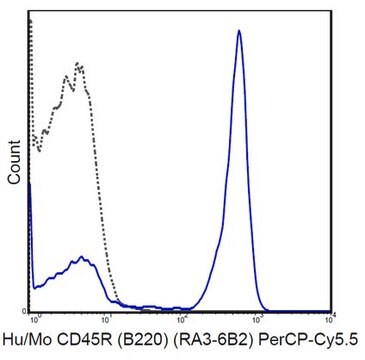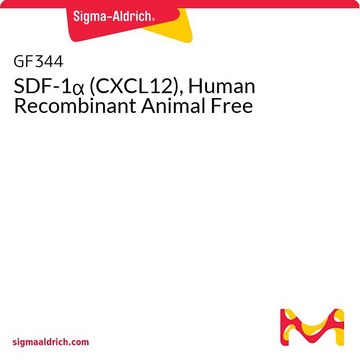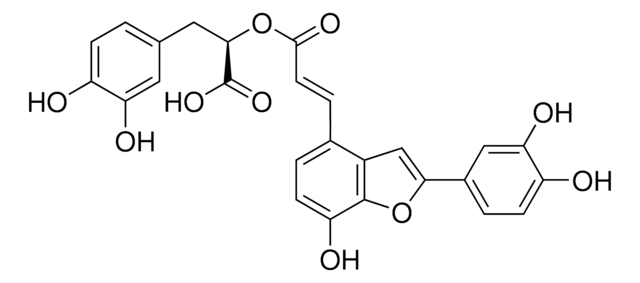SRP0705
IFNA4
recombinant
Iniciar sesiónpara Ver la Fijación de precios por contrato y de la organización
About This Item
UNSPSC Code:
12352202
NACRES:
NA.32
Productos recomendados
recombinant
expressed in E. coli
assay
70-95% (SDS-PAGE)
form
lyophilized powder
mol wt
~19.6 kDa
accession no.
P05014
shipped in
dry ice
storage temp.
−70°C
Gene Information
human ... IFNA4(3441)
Biochem/physiol Actions
Recombinant Human IFNA4 was expressed in E. coli cells. All known subtypes of IFN- alpha show the same antiviral antiparasitic, antiproliferative activities. IFN-alpha forms are produced by monocytes/macrophages, lymphoblastoid cells, fibroblasts, and a number of different cell types following induction by viruses, nucleic acids, glucocorticoid hormones, and low-molecular weight substances. All IFN-alpha subtypes possess a common conserved sequence region between amino acid positions 115-151 while the amino-terminal ends are variable. Many IFN-alpha subtypes differ in their sequences at only one or two positions. IFN-alpha and IFN-beta are thought to bind to the same receptor. Signal transduction mechanisms elicited after binding of IFN-alpha to its receptors involves tyrosine phosphorylation (see also: PTK; protein tyrosine kinase) of various non-receptor tyrosine kinases belonging to the Janus kinases.
Reconstitution
Formulated as a lyophilized protein from a 0.2 um filtered solution in Tris and NaCl, pH 8.0. Upon reconstitution, working aliquots can be stored at 2-8°C for one month, or at -20°C for six months, with a carrier protein without detectable loss of activity.
Storage and Stability
The lyophilized protein is stable for at least one year from date of receipt at -70°C. Upon reconstitution, this cytokine can be stored in working aliquots at 2-8°C for one month, or at -20°C for six months, with a carrier protein without detectable loss of activity. Avoid repeated freeze/thaw cycles.
Storage Class
10 - Combustible liquids
wgk_germany
WGK 1
flash_point_f
Not applicable
flash_point_c
Not applicable
Certificados de análisis (COA)
Busque Certificados de análisis (COA) introduciendo el número de lote del producto. Los números de lote se encuentran en la etiqueta del producto después de las palabras «Lot» o «Batch»
¿Ya tiene este producto?
Encuentre la documentación para los productos que ha comprado recientemente en la Biblioteca de documentos.
Nuestro equipo de científicos tiene experiencia en todas las áreas de investigación: Ciencias de la vida, Ciencia de los materiales, Síntesis química, Cromatografía, Analítica y muchas otras.
Póngase en contacto con el Servicio técnico








